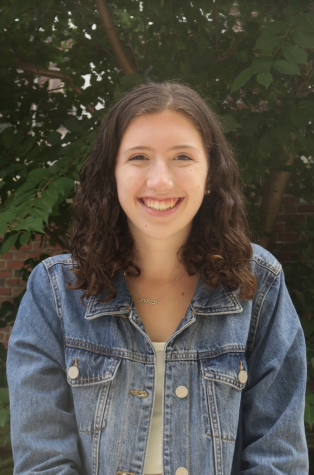In the Public Schools of Brookline (PSB), 18.6 percent of teachers are teachers of color, while 48.7 percent of students are students of color. The Brookline Educators Union (BEU) is pushing for policies that focus on hiring and retaining teachers of color. Special education teacher Jason Montrose often has students tell him that he is the first Black teacher they’ve ever had.
“When I was a junior in high school, [having a teacher of color] made me feel proud. I felt like I really could do something or be special. It’s one thing to be told that, but when you see representation, then you really believe that,” Montrose said.
According to a study by the Institute of Labor Economics, having at least one teacher of color as a student of color in primary school improves performance on standardized testing and reduces the likelihood that a student of color drops out of high school. A lack of teachers of color can also be harmful to white students and teachers in that it limits their exposure to different perspectives and therefore limits the scope of their education, according to both METCO coordinator Malcolm Cawthorne and Junior Azavia Barsky-Elnour.
Seven years ago, the PSB attempted to address these disparities by prioritizing the hiring of staff of color. Graciela Mohamedi, a physics teacher at the high school and member of the Brookline Educators Union (BEU) Executive Board, said that this initiative was short-lived.
“The [BSC] passed a diversity hiring initiative to bring in more educators of color and did a really good job. The problem is lots of those educators never made it through the first three years, and because of how short-lived that hiring program had been we didn’t keep getting new purposeful hires like that,” Mohamedi said.
In the spring of 2020, 300 teachers received reduction-in-force notices (RIFs) and were left without jobs for the time being. According to Mohamedi, these layoffs disproportionately affected teachers of color who were hired as a part of the district’s recent efforts to increase teacher diversity.
“When 300 educators were sent out reduction in force notices, it affected all of those new, purposeful hires, many of whom [had been] recruited from other districts where they likely had professional status or were about to get professional status,” Mohamedi said.
In their current contract negotiations, the BEU specifically proposed that the BSC “grant[s] BIPOC (Black, Indigenous and People of Color) educators Professional Teacher Status (PTS) as early as allowed by law and regular meetings with the superintendent.” This is the fifth clause of the BEU’s proposed contract.
With this clause, the BEU is specifically hoping that teachers of color will gain protection to remain in the district, president of the BEU Jessica Wender-Shubow said. She hopes they can achieve this by changing the timeline of achieving professional status. Professional status means they are granted the right to due process. Without professional status, the school system can decide to lay off teachers without reason.
Mohamedi said the BEU would like to reinstate monthly meetings with the superintendent that they had in the past. These meetings produced tangible efforts to improve the diversity of the K-8 staff.
“Out of our past meetings [with superintendents], we developed a workshop that was offered to the K-8 teachers. In that workshop, we were able to find out what teachers need in terms of broadening their knowledge of racial issues and issues that our students are going to be dealing directly with. It was great,” Mohamedi said.
A study by TIME Magazine shows that when Black students have at least one Black teacher, they are more likely to succeed. Barsky-Elnour referenced this study in a speech she made to the BSC.
“We know for a fact, and we have concrete evidence to suggest that between kindergarten and eighth grade, if you’re a Black student and you have at least one Black teacher, you are more likely to graduate high school, more likely to consider college and less likely to get into any kind of trouble in school suspension or in non-school suspension,” Barsky-Elnour said.
With no progress being made on finalizing the contract, the BEU began a “work-to-rule” protest in early December 2021, in which teachers only work within the parameters of their school day, meaning from the hours of 8 a.m. to 3 p.m.
Despite reluctance from the BEU, the two groups entered mediation on Mar. 4, according to Wender-Shubow. Mediation involves a third party, a state representative from the Department of Labor Relations, making the ultimate decisions about what the contract will include.





